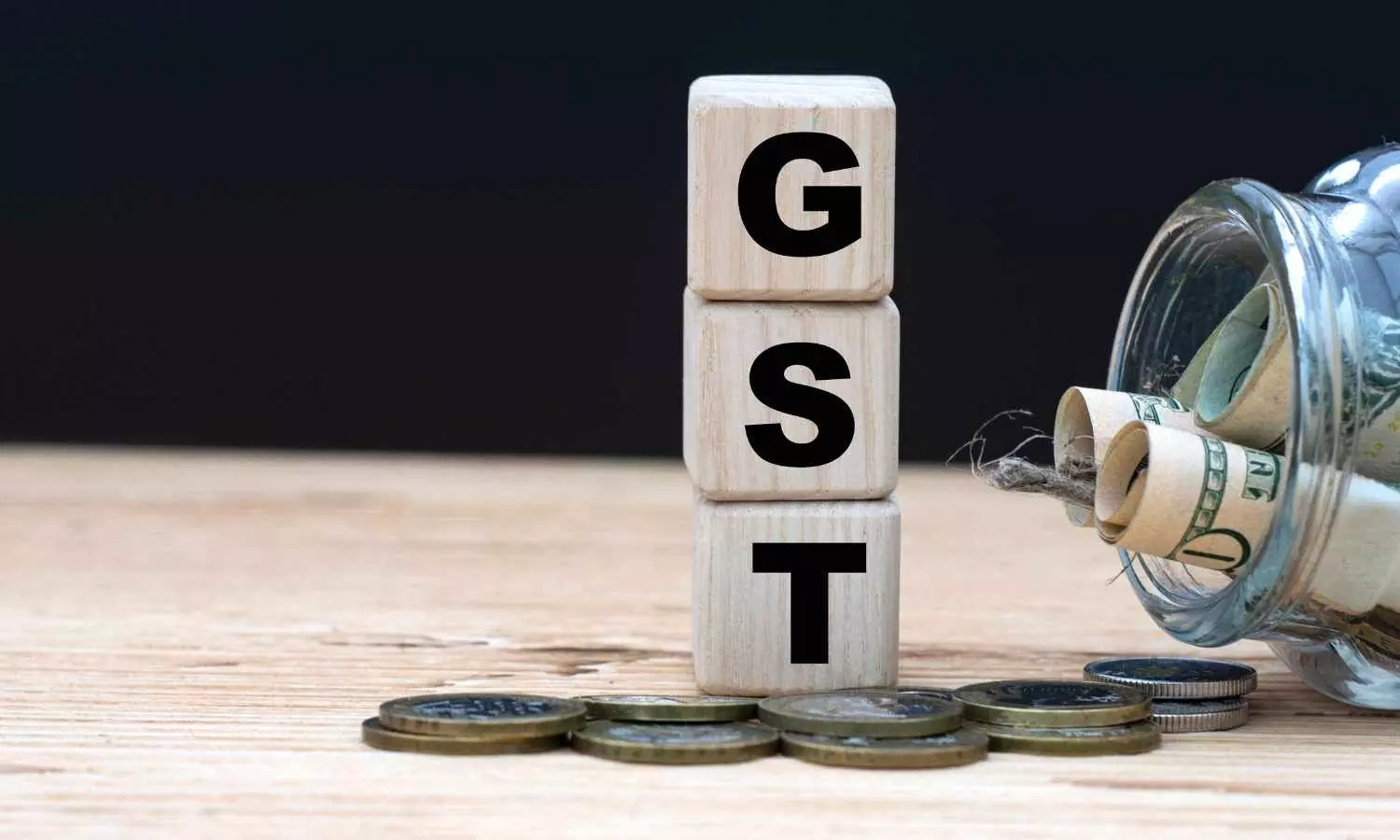CPI drops to lowest as GST rationalization takes full effect
India’s CPI drops to its lowest level as GST rationalization takes full effect, easing inflationary pressures and improving consumer affordability.
CPI drops to lowest as GST rationalization takes full effect

October headline inflation hit a series low of 0.25 per cent, driven by a favorable base effect, continued easing in food prices, and the GST rejig. Notably, September Consumer Price Index was revised downward, possibly reflecting some of the GST impact.
Core CPI dipped slightly to 4.4 per cent, the gold price surge offset the partial GST gains. Core ex-gold dipped to 3.3 per cent. November CPI is currently tracking 0.9 per cent, with a downside due to GST spillover.
FY26 headline CPI is now 2 per cent, implying further downside of 50bps to RBI’s forecast of 2.6 per cent. This could support the case for a December rate-cut. Given repeated undershoots versus RBI’s inflation forecasts, the policy focus on one-year-ahead inflation forecast looks increasingly misplaced in a fast-changing environment.
Headline CPI inflation declined to a series low of 0.25 per cent in October, in line with estimates. Notably, September CPI has been revised down, possibly reflecting some of GST rejig impact. Emkay says that several major categories affected by the GST changes did not show full pass-through in October, with transport and communication only category where near-complete transmission was seen. Headline CPI rose 0.2 per cent on monthly basis. The key drivers for the October print were a favorable base effect and continued sequential easing in food prices, along with the impact of the GST rejig. Within food, nearly all categories saw declining prices on the month, owing to seasonal factors and the GST changes.
Core inflation dipped to 4.4 per cent, largely led by Housing. Monthly momentum rose slightly to 0.5 per cent. A surge in gold prices was once again the primary driver of core inflation, with the Personal Care category rising 5.7 per cent MoM as a result, despite the heavy GST cuts across major items. Only a partial pass-through of the GST cuts was likely seen in this category. Transport and Communication is likely to have had near-complete transmission of GST changes for autos. Core CPI ex-gold fell to 3.3 per cent, with monthly momentum of only 0.1 per cent.
Currently, November headline CPI is tracking at 0.9 per cent, reflecting soft food prices, with downside risk due to spillover of GST changes. FY26 headline CPI is now below 2 per cent, implying further downside of 50bps to the RBI’s FY26 CPI forecast of 2.6 per cent. FY27 headline CPI forecast is at 4.1 per cent. FY26 core CPI is at 4.5 per cent, with FY27 moderating to 3.9 per cent.
The RBI has been cagey on rate cuts, waiting for clarity around external and domestic uncertainties, while its continued focus on one-year-ahead expected inflation may also have weighed on its reaction function. However, given repeated undershoots vs forecasts, we believe the policy focus on year-ahead expected inflation is increasingly misplaced in a fast-changing environment.
Over the next two quarters, analysts see India's inflation staying within a manageable range.
EoM.

